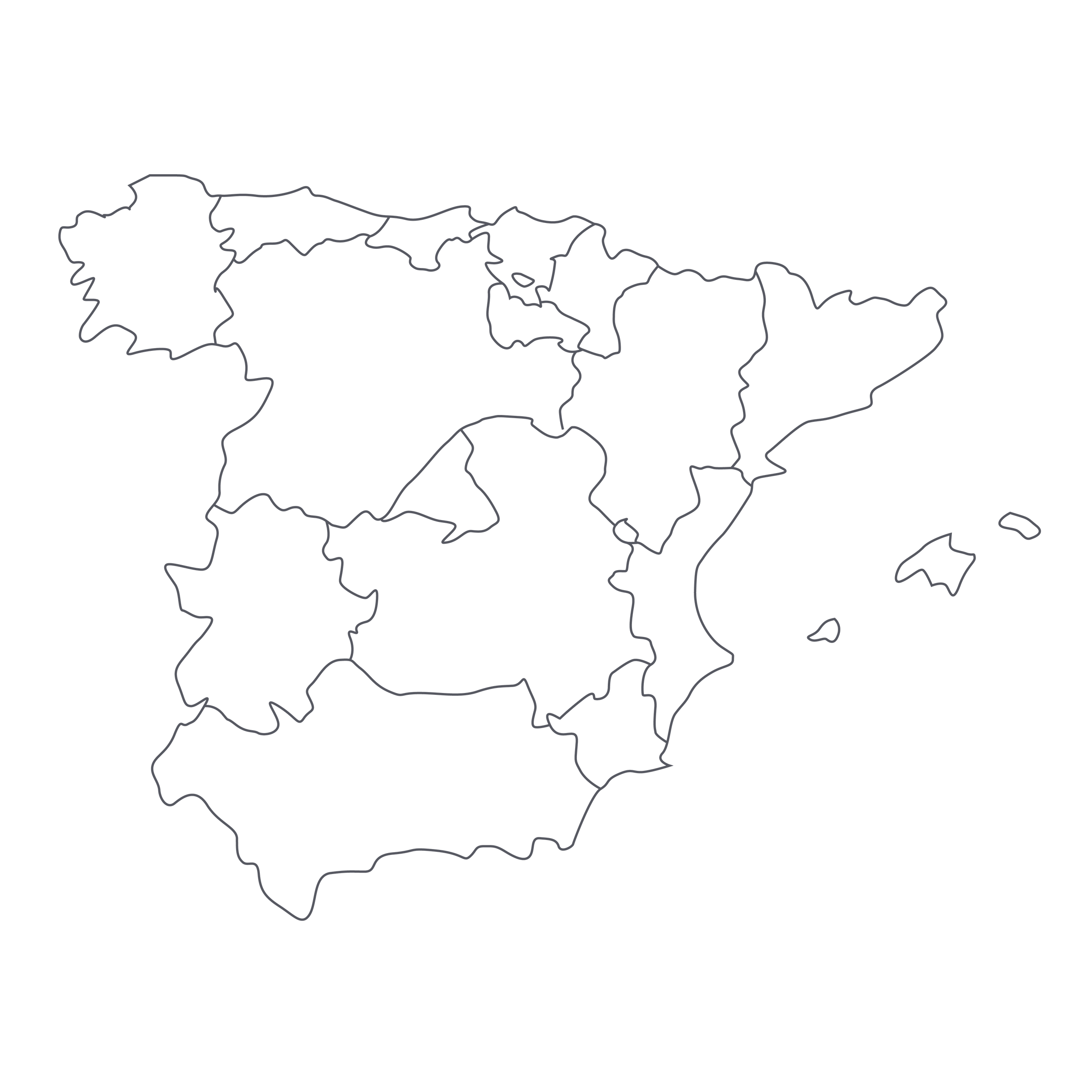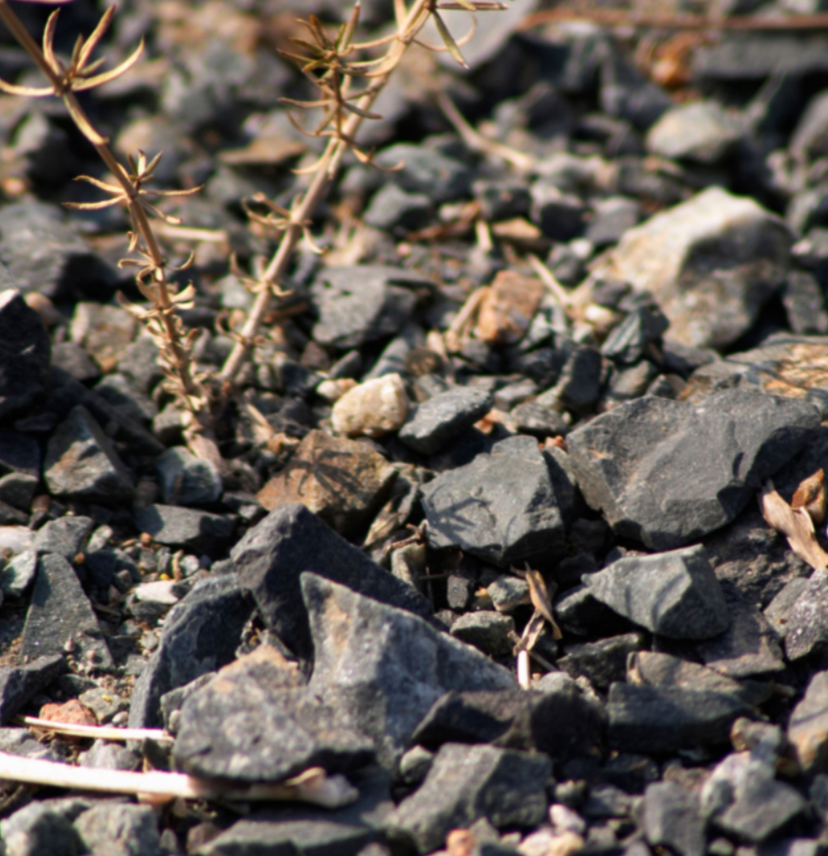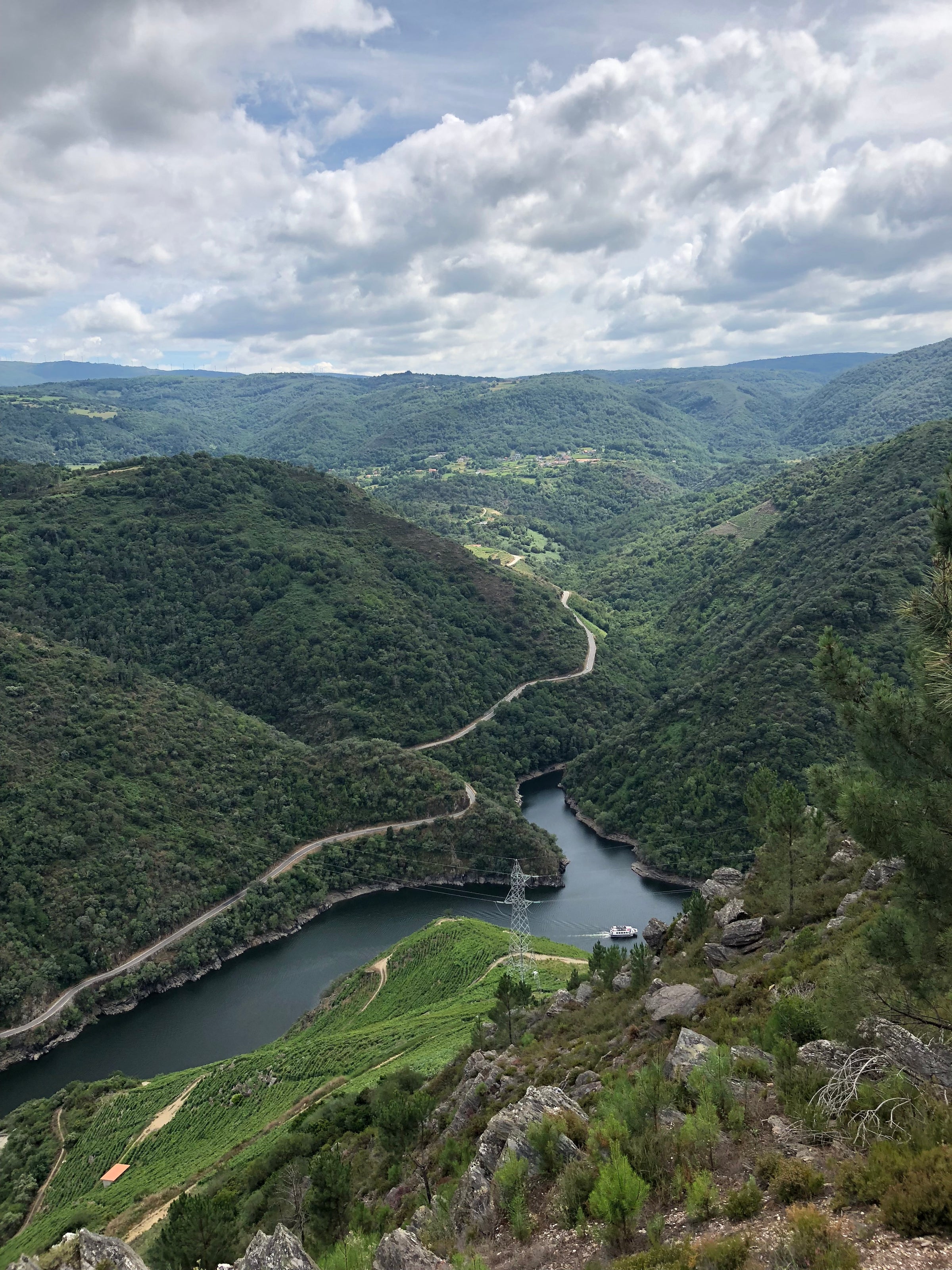Drinking classic Rioja that’s aged properly is one of the great pleasures Spain affords us, and from a price-to-quality ratio, it’s nearly unmatched. When we talk about the tried-and-true classic producers of Rioja, we tend to think of López de Heredia and La Rioja Alta, but you can’t talk about great Rioja without including CVNE, or “Cune,” in the conversation.
Established exactly 140 years ago in Rioja, in 1879, Cune began producing wine modeled after the Bordeaux First Growths of the Médoc. Today, they are a beacon of high-quality reds and whites from Spain’s heartland, producing wines that age decades without effort, and their presence is known far and wide. Neal Martin, writing for
The Wine Advocate, called Cune “a bastion of traditional Rioja,” and when
Wine Spectator announced its Top 10 Wines of 2013, Cune’s 2004 Imperial Gran Reserva took first place—a first for a Spanish red. When I tasted today’s 2011 Cune Reserva Rioja, I was struck by its earthy intensity, length, and depth of fruit—often the oak component is the dominant narrative in Rioja, but not here. Our allocation recently arrived directly from Cune (which purposely held the wine back) and this 2011 is just starting to reveal the greatness it holds. At $32 from a benchmark producer, this is a killer value, priced to drink by-the-case over time to watch the evolution of classically styled Rioja.
In 1879, brothers Eusebio and Raimundo Real de Asúa settled in the hamlet of Haro, roughly 40 miles northwest of the city of Rioja, and established Compañía Vinícola del Norte de España (CVNE), or more colloquially, Cune. Situated near a railway station, which meant easy transport of wine barrels in those days, they also unwittingly initiated a string of projects that would help define the entire wine-producing region of Rioja.
First, they planted estate vineyards, primarily Tempranillo grapes, then in the cellar introduced fermentation and blending in large wooden tanks and concrete vats, with extended barrel aging prior to release. They were Spain’s first winery to bottle and export wines, which stylistically, were modeled after French “Claret” and targeted abroad to the Brits.
Long-held estate vineyards in Rioja Alta are home to old-vine Tempranillo that is planted in iron-rich clay and limestone soils. From these vineyards, each harvest’s precious juicy cargo is gently shuttled to Cune’s winery in Haro. With roughly 1,360 acres throughout Rioja Alta and Rioja Alavesa, vines are planted primarily at higher altitudes where the growing season is subject to maritime breezes off the Atlantic Ocean, helping temper major heat spells.
Tempranillo, Graciano, and Mazuelo grapes are hand-picked, destemmed, and fermented in stainless steel, before maturation over 18 months in a combination of French and American oak barrels. The wine is then bottled and rests a full two years prior to release to the market. The 2011 vintage in Rioja was marked by hot, dry weather, which came on the heels of two phenomenal vintages (2009 and 2010), but the best producers, like Cune, followed through with aplomb.
Cune’s 2011 Rioja Reserva, a blend of 85% Tempranillo, 10% Graciano, and 5% Mazuelo, is a touch shy after popping the cork but opens beautifully with just a bit of aeration. In the glass, it shows a classic dark garnet core, with slight ruby and purplish reflections throughout. Aromatically it projects red and black plum, a touch of red currant, and that slight sandalwood, maturing tobacco, leather, and cedar spiced quality with hints of dried coconut, exotic baking spices, and a kiss of wild vanilla bean in the background. All these delicate spices come from lengthy aging in new French and American oak. This, like many other classic Rioja bottlings from the best producers will live a long life. I’ve had these wines going back to the ’70s and ’80s, and believe me, this 2011 is just getting going. If you are enjoying it in its younger and more vulnerable years give it 60-90 mins in the decanter, served in large Bordeaux stems. But otherwise, I would highly recommend putting aside at case and enjoying a bottle each year to experience the perfect evolution of a beautifully polished and classic Rioja. Break out your finest lamb recipe or go simple with oven-roasted rack of lamb, crispy potatoes, and traditional Spanish sides.





